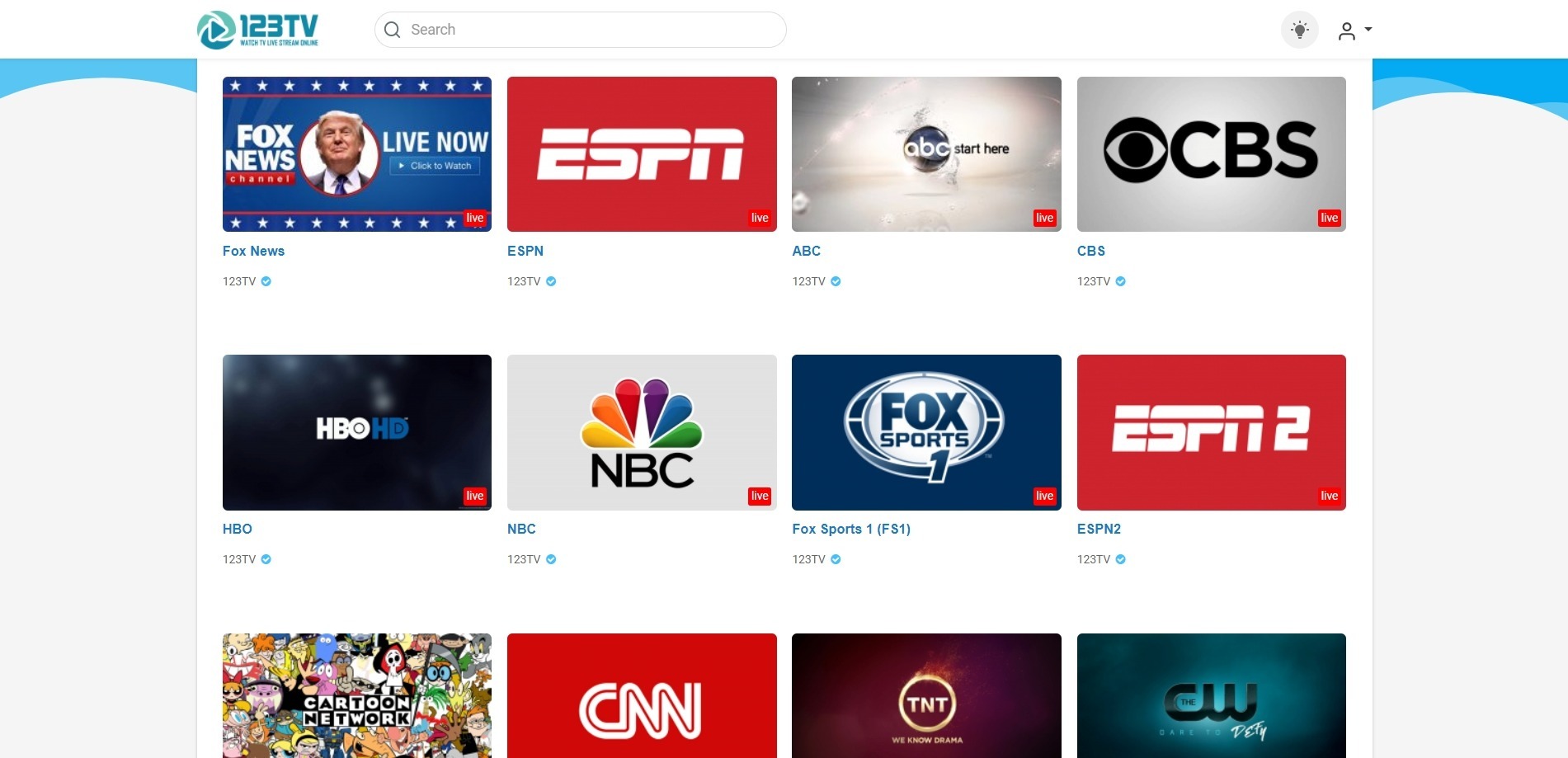Email marketing is one of the most affordable and simple ways for any business to reach its target audience and drive conversions.
However, an email marketing campaign’s success depends on email deliverability. The last thing you’d want is to have a bounce rate of more than 2%, as that will only lead to a waste of both time and money.
Of course, consistently high bounce rates also impact the email sender reputation. Internet service providers (ISPs) may consider high bounce rates as potential spamming, negatively impacting marketing campaigns even in the future.
Fortunately, you can overcome this problem and boost your email marketing campaign for better deliverability through email verification. Read on to learn how identifying and removing invalid email addresses from your email list can reduce bounce rates.
What Is Bounce Rate – The Difference Between Hard And Soft Bounces
Bounce rate is the percentage of emails that fail to make it to the recipient’s inbox and “bounce” back to the sender.
There are two types of bounce rates, namely soft and hard bounces. While the former indicates a temporary delivery failure that may occur if the recipient’s mailbox is full or there are temporary server issues, the latter is more permanent.
Most email validation tools automatically remove hard-bounce email addresses from the mail list as these are usually invalid or non-existent. Hard bounces also occur if the recipient has blocked or rejected emails from the sender’s IP address or domain.
How Email Validation Reduces Bounce Rates
Verifying your email list is a quality check that ensures your emails are sent to active and real email addresses. It removes non-existent email addresses to reduce bounce rates and improve your business’ ROI. Let’s see how:
-
Email List Filtering
Email validation tools filter the mailing list to check the authenticity and existence of each email address. They filter out email addresses with non-existent domains before they enter the email marketing campaign pipeline.
-
Error Checks
Email verification helps identify typos and errors in email addresses. As such, businesses get a chance to correct them before they lead to a bounce.
-
Prevent Hard Bounces
Validating email addresses helps prevent hard bounces and keep your mailing list updated and clean so that your emails reach an active audience. It also maintains a positive sender reputation for your business and keeps future marketing campaigns in good standing.
A good reputation ensures that your emails are read and not blocked or rejected.
How To Reduce Bounce Rates – The Email Validation Process
Step 1: Email Validation
Use an email validation checker tool to validate your mailing list at least once every quarter. It checks and removes invalid email addresses in no time.
Step 2: Setting Up An Email Validation API
After verification of the mailing list, set up an email validation API as a second layer of defense against high bounce rates. The API will work in real time to prevent the list from acquiring bad data, keeping it clean and updated.
Even if someone mistypes an email address, the API will prompt them to type the right one. It also protects email deliverability by blocking bots and fake sign-ups.
Step 3: Removing Dormant Email Addresses
Your emails will go into spam if they are not opened because of inactive or disengaged subscribers. Fortunately, email validation removes invalid addresses and dormant subscribers.
Make it a point to remove inactive email addresses every 3 to 6 months. It’s better to have a smaller yet responsive community than a big list of unengaged contacts.
Step 4: Use The Double Opt-In Sign Up Method
The double-opt-in sign-up method is a good way to reduce bounce rates and keep your mailing list clean. In this method, only those who click on an automated link sent to their mail to sign up get added to the list. It also reduces the chances of fake sign-ups and ensures an engaged subscriber list.
Final Words
Low bounce rates indicate that your marketing campaign is performing well and your emails are getting delivered to the target audience.
So, the goal is to integrate email validation as a marketing strategy to build a cleaner, reliable, and responsive email list. The proactive use of email verification tools can help improve the overall deliverability and effectiveness of your email campaigns.








Add Comment